There are appreciable ways or processes by which retaining wall problems can be minimized, and the retaining wall distress can be kept aloof.
In the following article, procedures that are generally deployed for protecting or securing retaining walls with stability and wear and tear are discussed.
It is worth mentioning that these procedures are not working for walls that are nearly down entirely.
Following are the retaining wall ideas to protect failure and wear in retaining walls:
- Avail surface draining issues
- Lessen retaining wall height.
- Using tie backs
- Adding the footing
- Minimize and replace backfill materials.
- Strengthen the front of the wall.
- Adding a key
- Use cantilevered soldier beams.
- Get a construction permit.
- Push it back to plump.
- Tear down that wall
- An exotic solution
Refilling backfills materials or availing the drainage system at the retaining wall base is usually not advised. Therefore, it is advised to prevent gathering water at the back face of the wall.
This can be done by re-grading the backfill surface or building a small concrete culvert to move the direction of water and direct it far from the backfill. Moreover, increasing the number of weep holes can be a second-choice mitigation plan.
But it can be questionable aesthetically. Moreover, it is possible to repair drainage problems by restricting active draining systems in maximum cases.
Reduce Retaining Wall Height
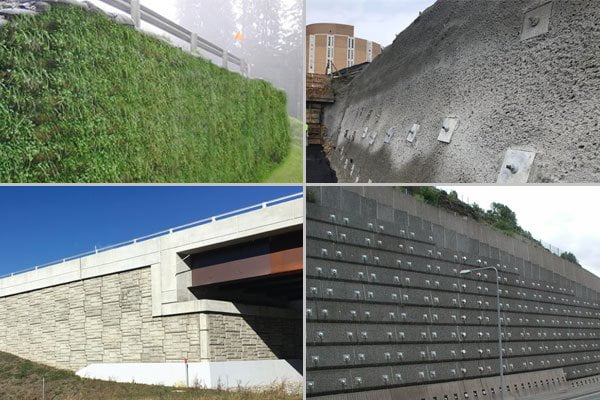
few options can be utilized when lessening soil pressure is needed. For example, lessening retains earth levels by re-grading backfill earth surface and landscape-altering or compressing down drainage culvert at the wall back surface. These procedures may minimize gathered earth levels to a good level depending on the as-built amounts of the retaining wall.
Use Tie Backs
Tie backing retaining walls can be utilized as a mitigation process for conditions like stem walls are pressurized highly. Holes are made at the back of the wall, and a tie back is set up that crosses the backfill fault plane.
It is mandatory to re-monitor wall shears and places because of altering restraints. This process is aesthetically not desirable. It is because of the look of tieback anchors on the open face of the wall or using tie back on the surface with cement blocks.
Extend the Footing
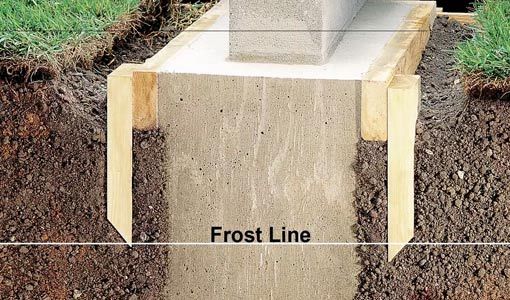
Footing toe extension minimizes soil bearing thrusts appreciably. The soil is lifted, and concrete is gushed in after the needed addition is planned, and the footing could be thrust deeper for a key if needed. The connection between new and present concrete is built by making holes in prevalent concrete. Then placing epoxy dowels to take computed pull force and transmit shears and moments, therefore.
Remove and Replace Backfill Materials
This solution is worked when backfill soil is wet and cannot be reduced from the surface. The broken rock is an option that could be utilized to alternate backfill earth, and good working of the draining at the wall base must be ensured.
Reinforce the Front of The Wall
The base breadth is maximized to strengthen the front of the wall by positioning concrete and narrowing to a limit that thickening is no more needed. This process enhances pressure force only. Hence shear transferring at the face must be blocked as well. Interface shear can be moved by joining dowel pins.
Add a Key
Deepened key placements in front of the prevalent footing may answer retaining wall wearing issues and maximize passive shielding.
Use Cantilevered Soldier Beams
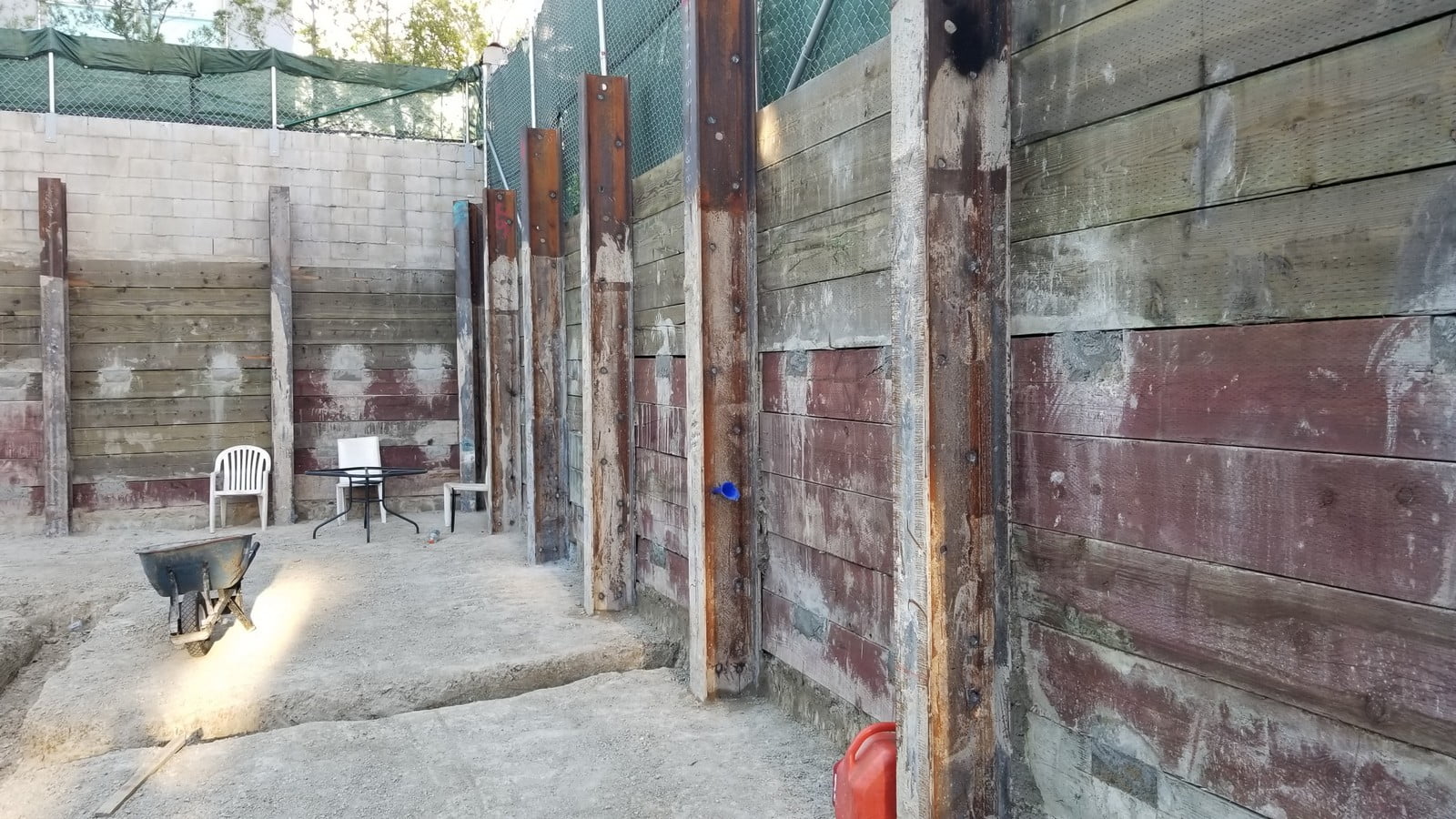
Soldier beams are set up in the holes made on the footing heel and joined to the wall to move loads. The beams are positioned at specific gaps along with the horizontal surface of the wall. Along with that, the distance between the wall and soldier beams is measured by footing heel.
Get a Building Permit
There might be no specific problem with the retaining wall. But a visionary construction inspector caught that a permit, issued when a new building or addition is made on a site, was not signed.
When retaining the wall’s plan is present, it is needed to approve plans with the sign of a designated engineer. One of the easing procedures mentioned in this article is utilized to solve a pressure if the plan could not be approved.
In case of a weakening wall-building plan, it is mandatory to determine how the retaining wall was built. This might be processed by examining and exploring toe and heel measurements of the footing, bar gapping and position, and testing core samples to know the material strength.
Back enumerate the design to the proper retaining wall strength and consequently examining retaining wall sufficiency. From this, it becomes obvious that getting a permit might cut off extra costs in the future.
Push It Back to Plump
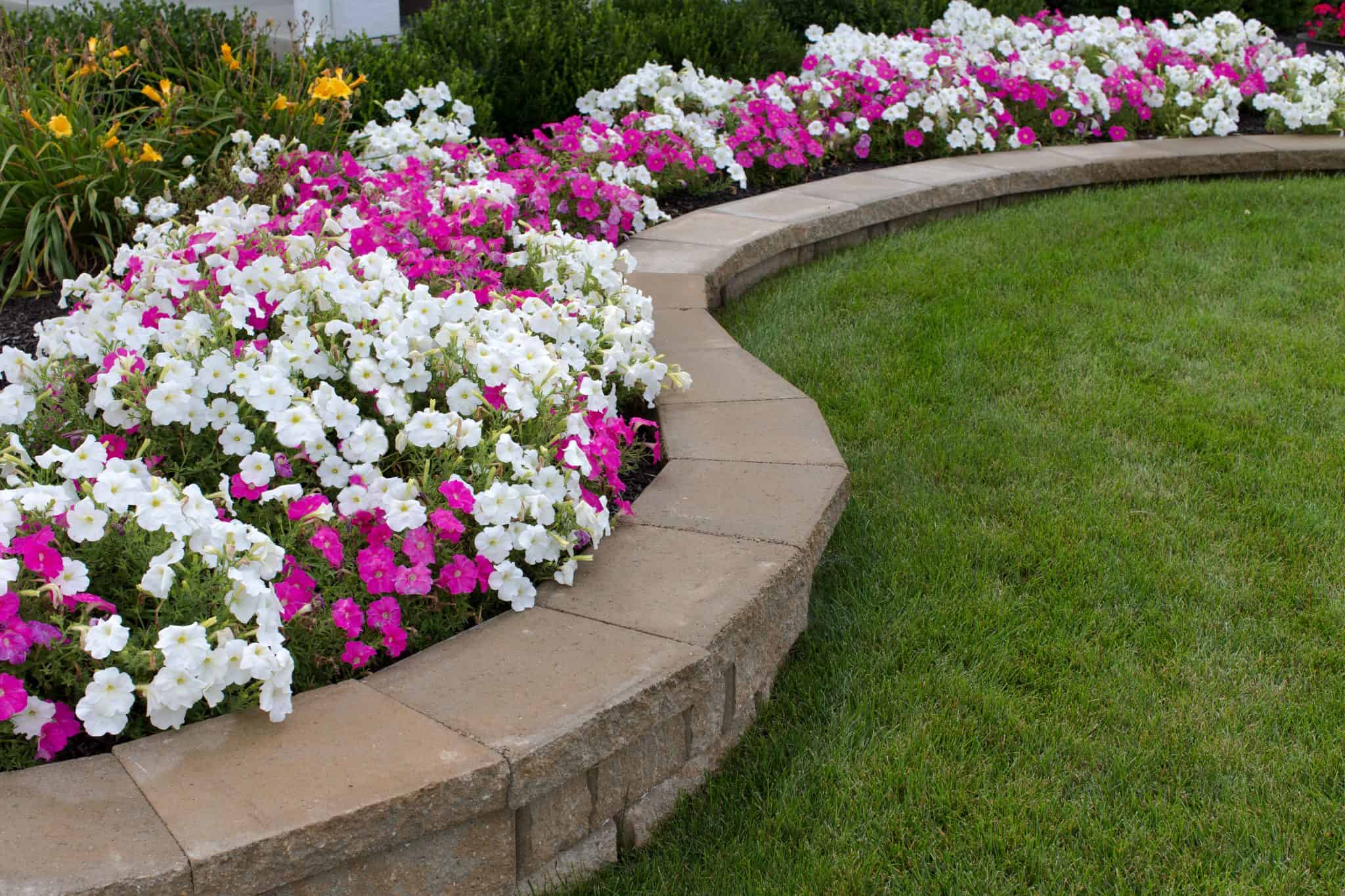
This method is not recommended, but it is easy to carry out without any stress when the wall lean out is approximately 2.5 cm or 5 cm. The accuracy of succeeding with this procedure successfully is dependent on specific conditions.
For example, the backfill product has not been positioned, retaining wall length, and the above repairs. Factors such as jolting the wall and utilizing a machine compactor close to the wall might cause the wall to be plump out.
There are talks about this procedure, but it can be carried out properly with appreciable monitoring. In maximum cases, it may be required to shift a great percentage of the backfill earth to prevent problems.
‘Tear Down That Wall’
When the retaining wall is in the worst situation, and none of the given solutions is possible to repair the wall, it might be easier to destroy, and rebuilding the wall will be the best answer. Using this option is strongly recommended if a new situation arises. For example, a requirement for a bigger wall or a request for another building material.
An exotic solution
There are unusual site situations that can be faced with a particular reasonable procedure. In this case, engineers can approach a very intellectual and different idea to interact with the problem and protect from demolition and remaking the retaining wall.
Conclusion
Multiple steps can be taken to protect against retaining wall problems and falls for protection and durability. Ways to keep stress away in retaining walls are written.
There are many constructive, design, and detail related factors that affect retaining wall protection and durability.

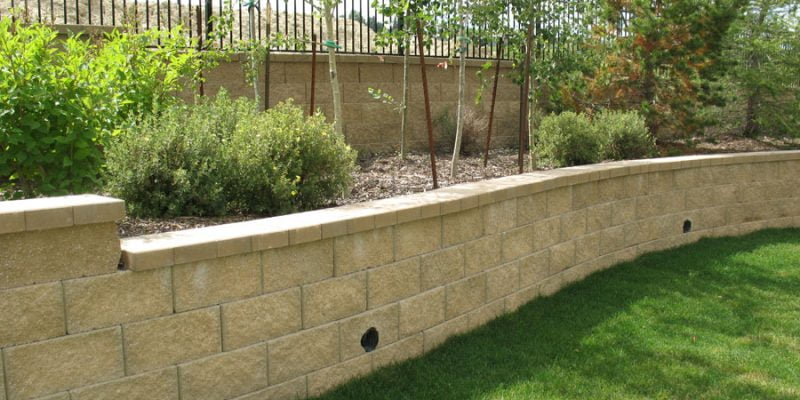
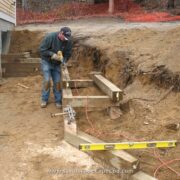
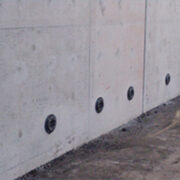
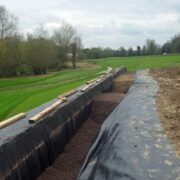


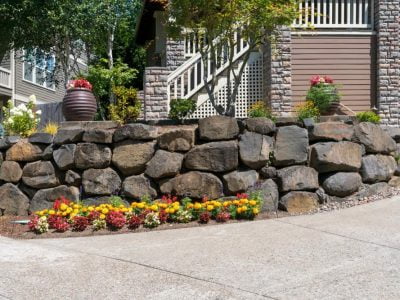
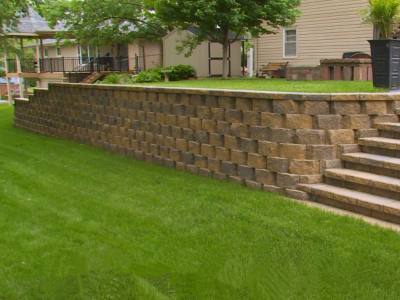
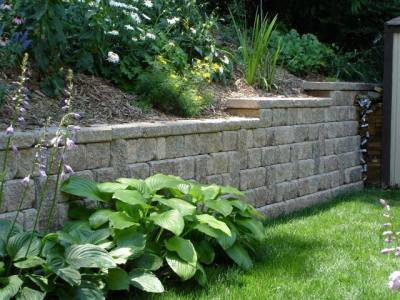




Comments